How are cities responding to the pandemic? Since early March, OECD has been collecting local aimed at containing the spread of the virus and protecting residents and local economies. In the field of mobility, COVID-19 provided cities with a momentum to rethink their approach towards urban space and suggest alternative options. For example, cities have been promoting cycling as one of the favoured options for the post-confinement period as part of the tactical urbanism movement. Claudia Lopez, Mayor of Bogota(Colombia), recently announced an additional 35km of cycleways, adding to the 550km of cycleways already secured by an ambitious and proactive policy since the 1970s. The Mayor of Milan (Italy) also announced that the city would retrofit 22 miles of streets over the summer to post-COVID-19 pedestrian use for cycling and walking. This is particularly welcome since Lombardy is one of the most polluted regions of Europe. These bold commitments towards micro and clean forms of urban mobility have inspired many other cities in the world. In Paris (France) Mayor Hidalgo has committed to pursuing a policy to restrict the use of cars, adding 50 km of roadways dedicated to cyclists and making 30 streets pedestrian only. In Berlin (Germany), the districts of Kreuzberg and Friedrichshain introduced pop-up bike lanes as a creative solution to ensure social distancing during essential travel while preventing an increase in single car use.
These actions provide inspiration to our consortium to work alongside with citizens in order to design the next day of mobility. In the meantime, if you would like to learn more about how cities are responding to the pandemic, you can read the full article of OECD here.
(Image: Corso Buenos Aires in central Milan. Photograph: Carlo Cozzoli/REX/Shutterstock – The Guardian)

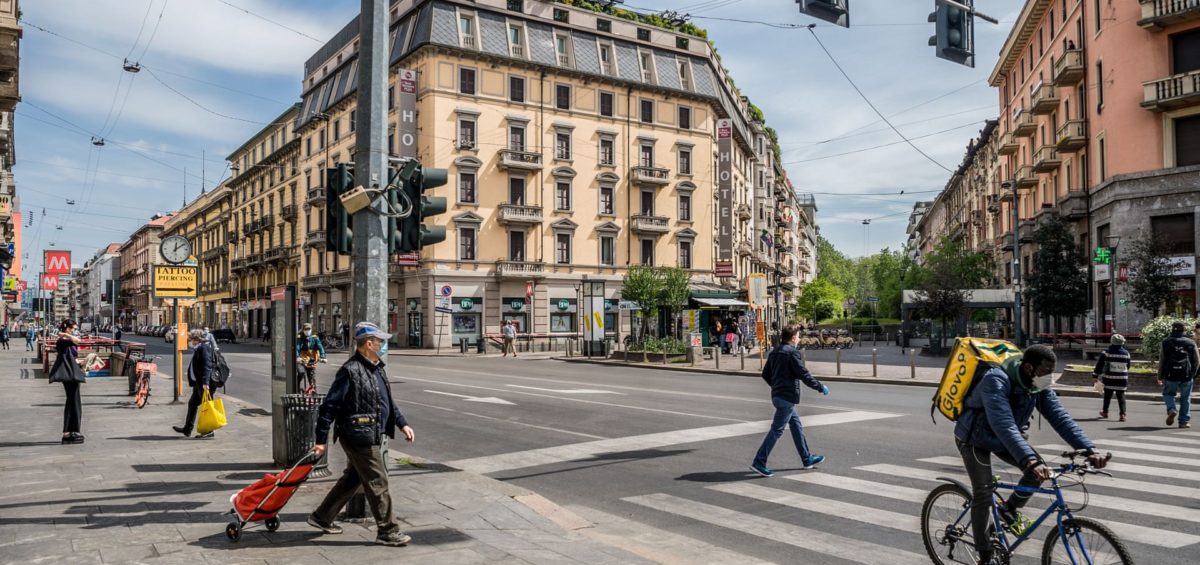





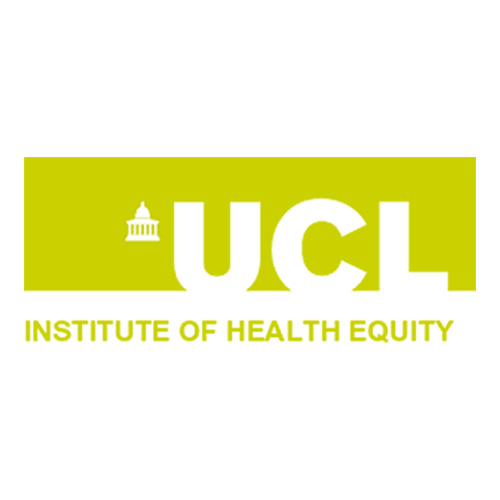





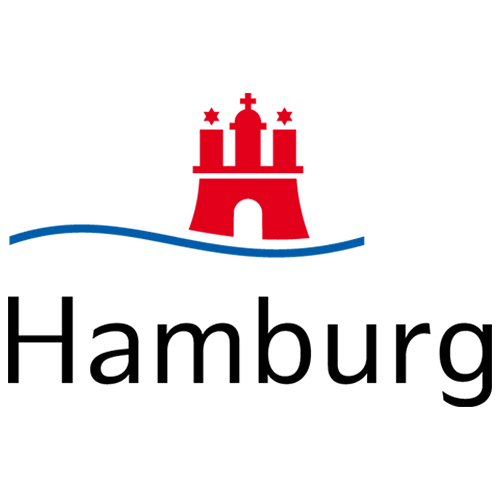


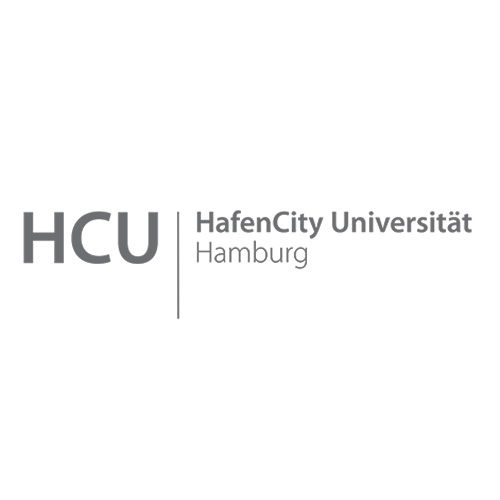
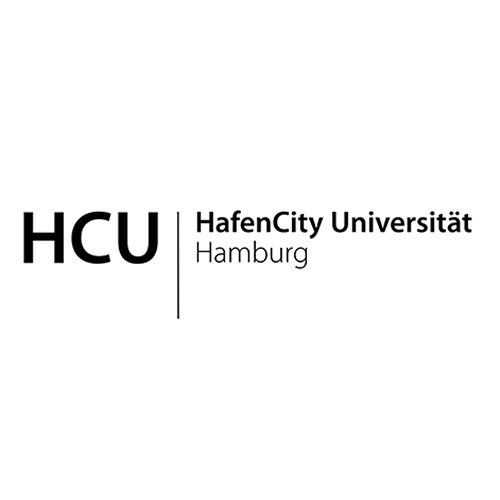










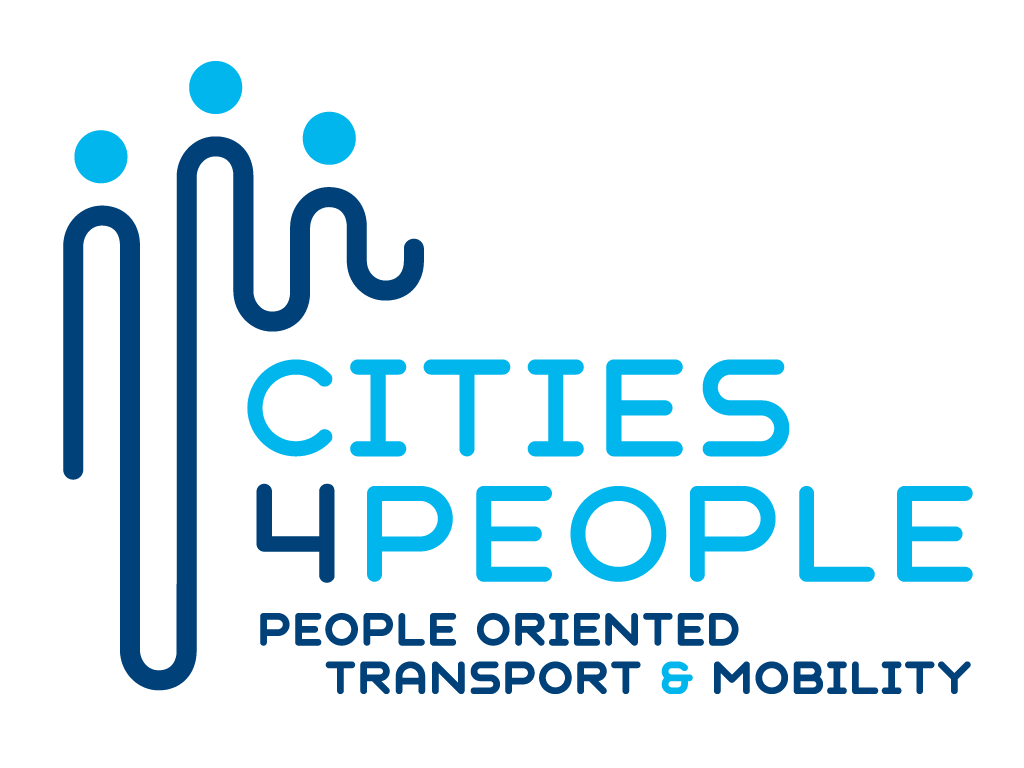
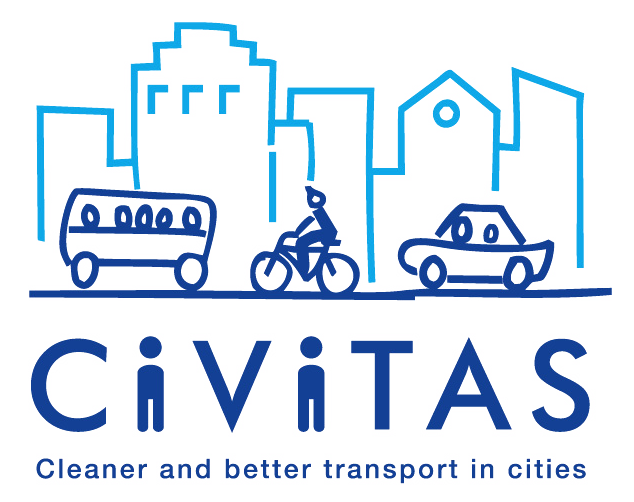


 English
English Magyar
Magyar Ελληνικά
Ελληνικά Deutsch
Deutsch